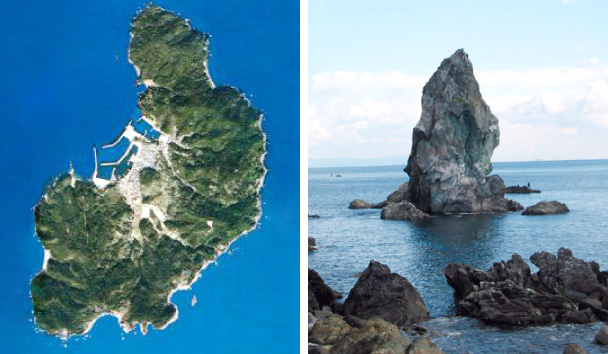TOURIST FACILITIES
Akashi Kaikyo Bridge (Awaji)
At 3911 meters long, this bridge linking Kobe with Awaji Island across the Akashi Strait is the world's longest suspension bridge. It was completed in 1998 after about a decade of construction, and today it is well known as a symbol of Awaji Island. It is illuminated at night with lights that change with the season and time of evening, and its resemblance to a string of pearls has led to its nickname, "Pearl Bridge." In the vicinity are a service area, a Michi-no-eki roadside station, hot-spring resort, and other facilities with views of the bridge.
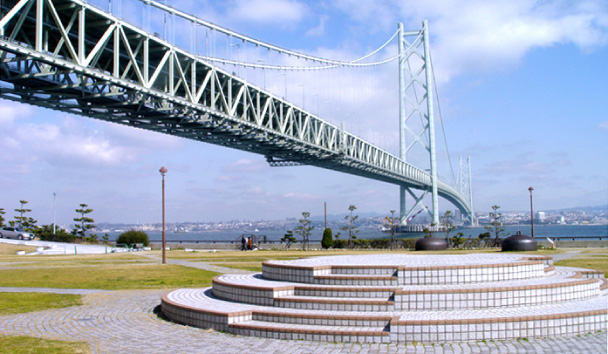
Eshima (Awaji)
Eshima is one of the places thought to be the Onokoro Island cited first in the country's creation myth in the Kojiki ("Records of Ancient Matters"), the oldest record of Japanese history, and in the Nihon Shoki ("Chronicles of Japan").
Originally connected to the mainland, it is an island today thanks to coastal erosion. Visitors to the island can see geologically rare sandstone beds that are about 20 million years old.
It has charmed people since olden times as a place of scenic beauty, and at night the entire island is illuminated.
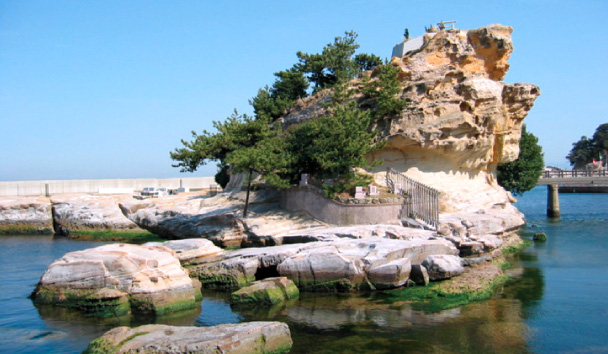
Awaji Hanasajiki (Awaji)
The field of flowers against the backdrop of the Akashi Kaikyo and Osaka bay unfolds a stunning panoramic view. We invite you to a world of flowers which change with every season.
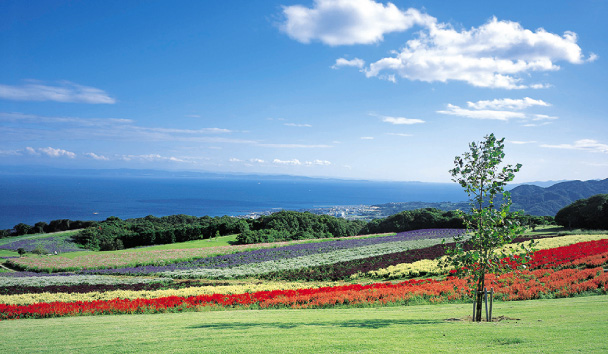
Gossakaito site (Awaji)
This site is the ruins of a workshop on a hilltop, thought to have been used to produce ironware roughly 1800-1900 years ago.
It is thought that this site had a major influence on the surrounding area, which long remained a village that produced highly valued ironware at the time. These precious ruins provide a glimpse of the society of the time. In September 2012, the ruins were designated a national historic site.
Today, visitors can view the habitation site restored using materials gathered from the local area.
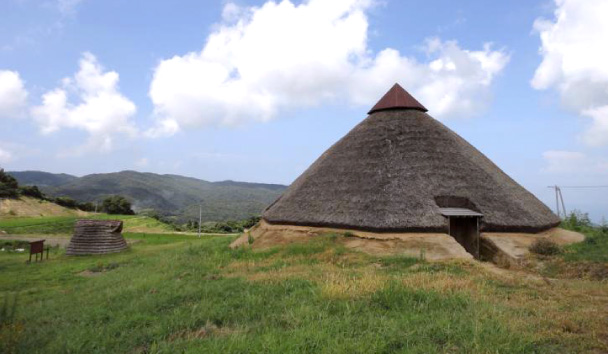
Parchez Kaori no Yakata (Awaji)
This is a Kaori Theme Park and you can have fun, food, stay and a hot spring bath here with kaori (fragrance) as the underlying theme. You will find various kinds of scents, gel candles and original perfumes which are very popular among the ladies.
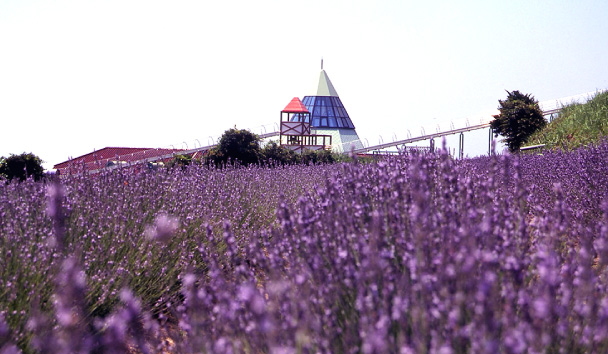
Izanagi Jingū (Awaji)
This is the oldest shrine which represents the beginning of creation as described in the Nihon Shoki. It is enshrined in Taga in Awaji city, and is dedicated to the divine couple Izanagi and Izanami. The local people affectionately call it [Ikkusan] to express that it is the Awaji's Shinto shrine.
The grounds of the shrine are surrounded by an evergreen forest and also have a pair of sacred camphor trees called husband and wife which are about 900 years old.
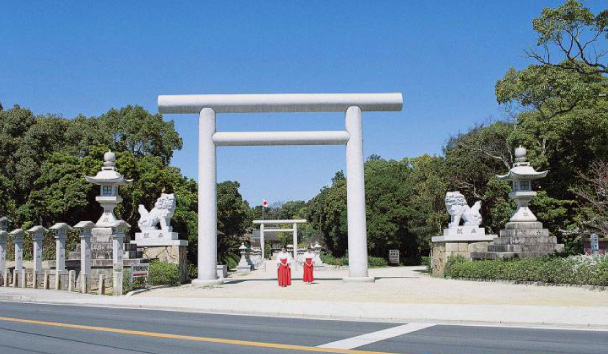
Senzan/Senkoji Temple (Sumoto)
This mountain, cited in the country's first creation myth in the Kojiki ("Records of Ancient Matters"), Japan's oldest history, and in the Nihon Shoki ("Chronicles of Japan"), is said to have been named Senzan ("first mountain") because it was the first mountain to appear in Japan. Residents of Awaji Island also know it by the nickname "Awaji Fuji."
At Senzan's summit stands Senkoji Temple, said to have been built in the year 901 AD. On the temple grounds you can see a rare pair of wild boar statues associated with Senkoji's origins. The view from the observation platform is also breathtaking.
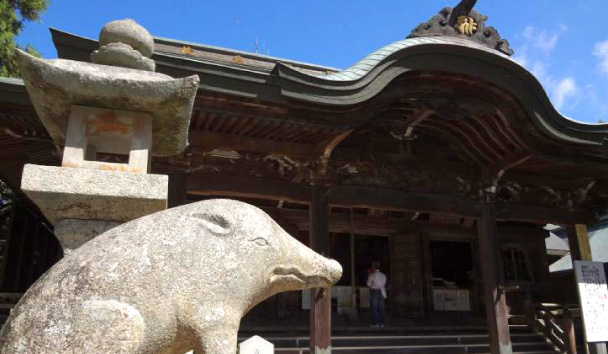
Former Kanebo Sumoto Cotton Mill (Sumoto)
This is the former site of a cotton mill built during the Meiji Period that contributed greatly to Sumoto's modernization. Founded in 1900, Kanebo opened this plant on reclaimed land in 1907, together with the rechanneling of the Sumoto River. Later, the mill gradually shrunk in scale as a result of the 1970s oil crisis and other developments, and in 1986 it finally ceased operating as a Kanebo mill.
Today, the red-brick mill building has a new life as home to a library, restaurants, and bars frequented by local residents.
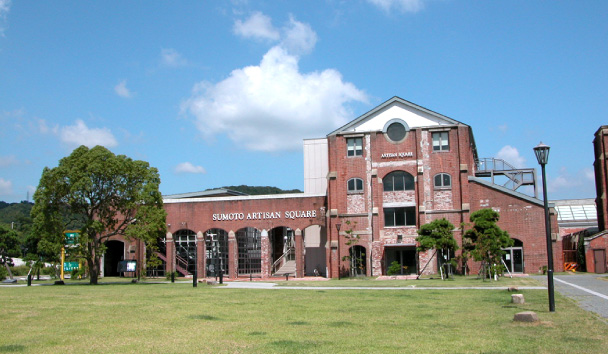
The former Ekishukan Garden (Sumoto)
This garden was first built as the garden of the villa of the Tokushima clan's chief retainer Inada during the early Edo Period. It was named Ekishu-kan, as the school that Inada was running was relocated here in the closing years of the Tokugawa shogunate. Although the building was lost to fire after an attack by the Tokushima clan during the Kougo Incident of 1870, the garden remains.
Backed by the sloping mountainside, the garden is decorated with giant stones including one of the largest in any garden in Japan, measuring four meters high and 5.8 meters wide. The wild structure of the garden, suitable for a warrior household, makes it one of the most distinctive gardens in Japan.
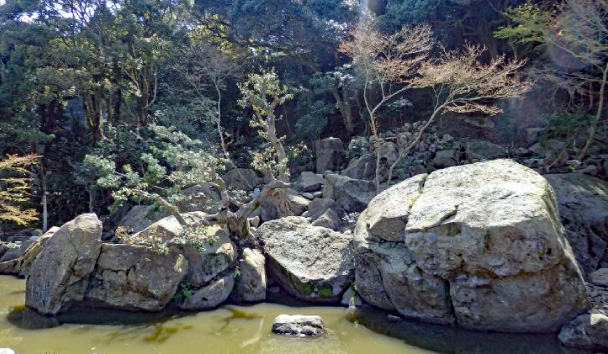
Awajishima Museum, site of Sumoto Castle (Sumoto)
The Awajishima Museum is a place where visitors can learn about the history and culture of Awaji Island. Nearby, the moat and stone walls remain as poignant reminders of the palace built here by Hachisuka, the lord of the Tokushima clan, during the Edo Period.
Sumoto Castle was built in the early 16th centiry by Atagi, leader of the Awaji navy, on the summit of Mt. Mikuma, about 133 meters above sea level. In 1585 Wakisaka Yasuharu moved in as lord of the castle, and that was when it was rebuilt into a stone-walled castle with the walls that still remain today.
The tower on the keep offers breathtaking views of the city of Sumoto and Osaka Bay, named one of the eight best vistas in Sumoto.
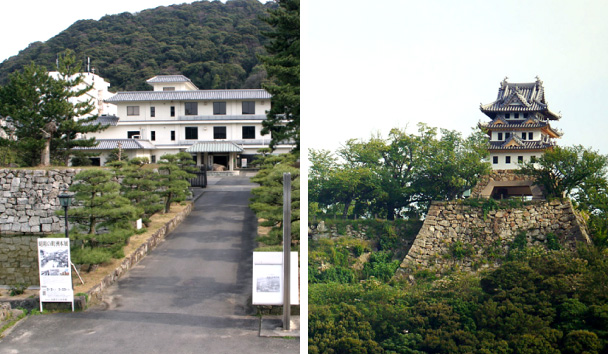
Keinomatsubara (Minami-Awaji)
This is the most beautiful white-sand shoreline lined with pine trees in the Seto Inland Sea. It is home to about 50,000 Awaji kuromatsu black pine trees and a white-sand beach that extends about 2.5 km from north to south. It has been beloved as a place of picturesque scenery through the ages, and it is even the subject of a poem in the Man'yoshu ("Collection of Ten Thousand Leaves"), the oldest existing collection of Japanese poetry.
Today it is visited by many people year round, especially as a beach popular for swimming during the summer. It is also a popular spot for taking photographs, with beautiful sunsets over the Harima Sea.
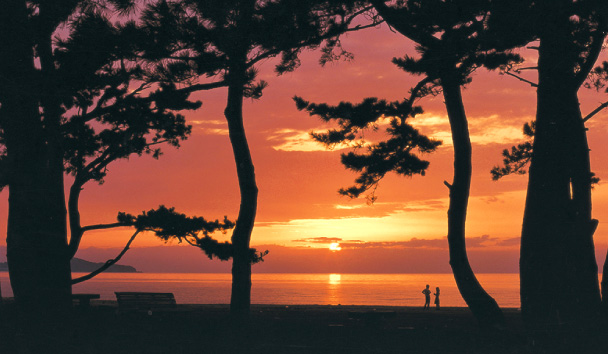
Onokorojima Shrine (Minami-Awaji)
A landmark for the Onokorojima Shrine is the vermillion lacquered 21.7m high, and the great gate(torii) in front of it and whose pillars have a diameter of 3 m. According to folklore, this is the sacred place known as [Onokorojima] in the Legend of Kuniumi, which according to Kojiki, is where Japan originated and all the Gods of Japan were born.
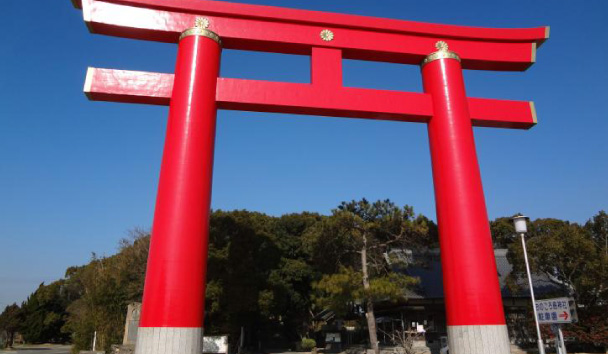
Wakoudonohiroba Park (Minami-Awaji)
This park features a memorial tower about 25 meters high designed by the world famous architect Kenzo Tange, built on Omiyama Mountain overlooking Fukura Port in 1967 to eulogize the roughly 200,000 students and other young people who died across Japan during World War II. The beautiful park has breathtaking views of Naruto Strait from the observation platform.
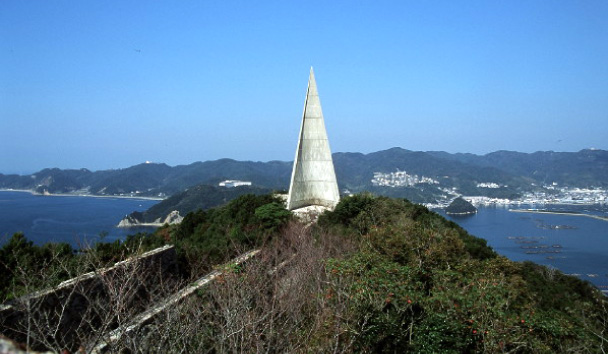
Nushima (Minami-Awaji)
Nushima is a tiny island in the shape of a comma-shaped jewel with a circumference of 10 km floating to the south of Awaji Island. It is a historic island where geological formations which are a hundred million years old have been discovered.
On the Nushima coastline, you can see the unusually shaped massive rocks which are said to be the setting for the Kuniumi Legend. It is also said that the Kamitategami rock which stands perpendicular at 30m high and the Shirotategami rock symbolize a male god and a female god who coupled here.
